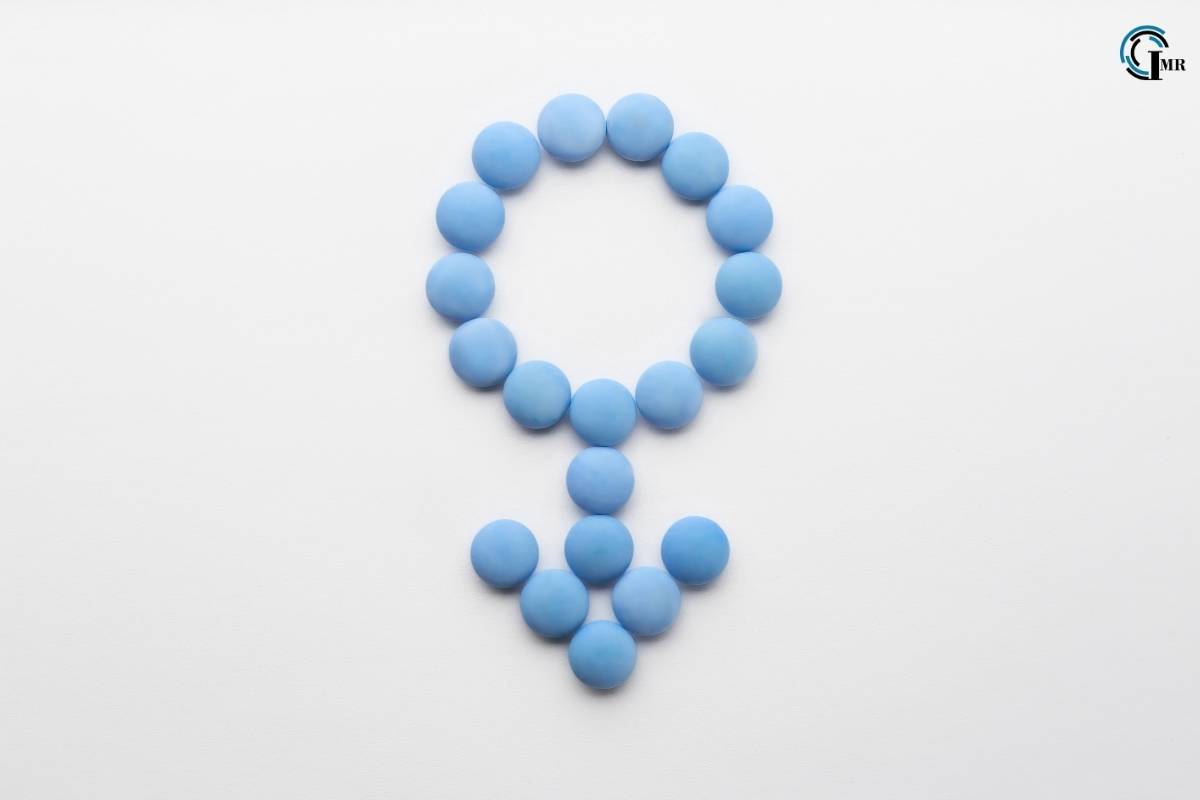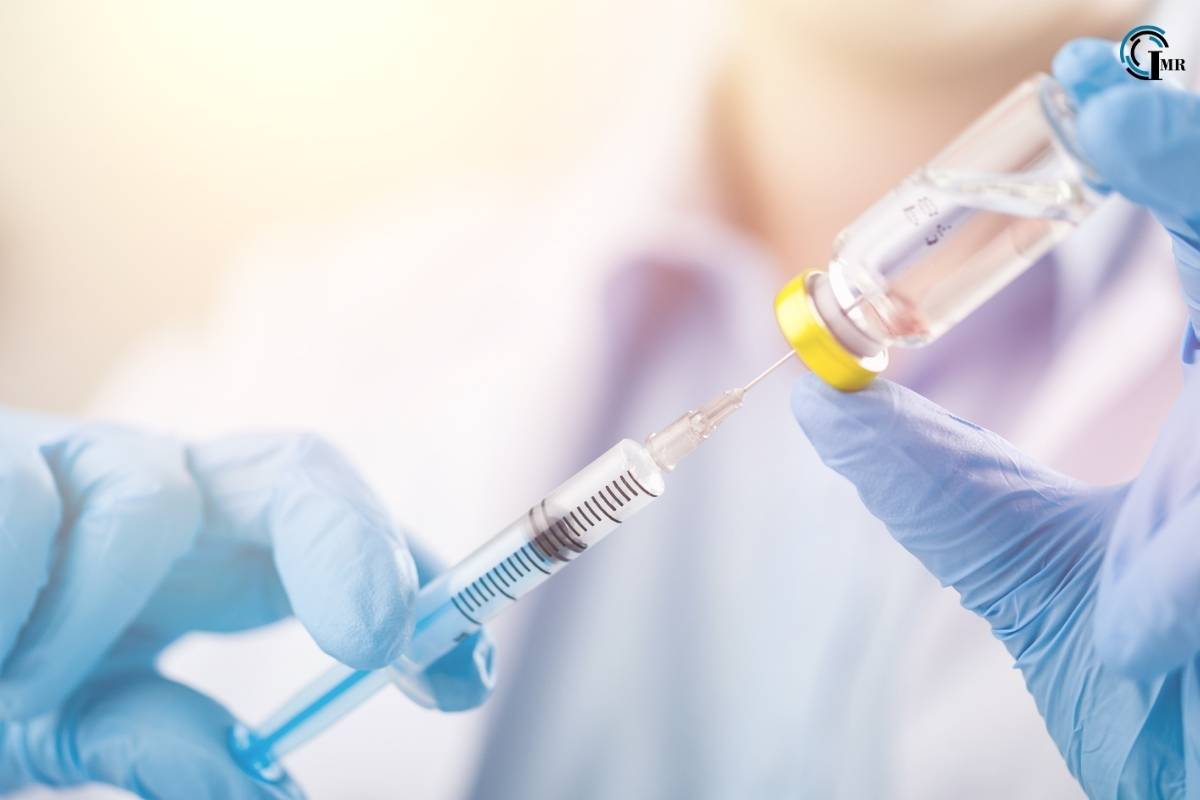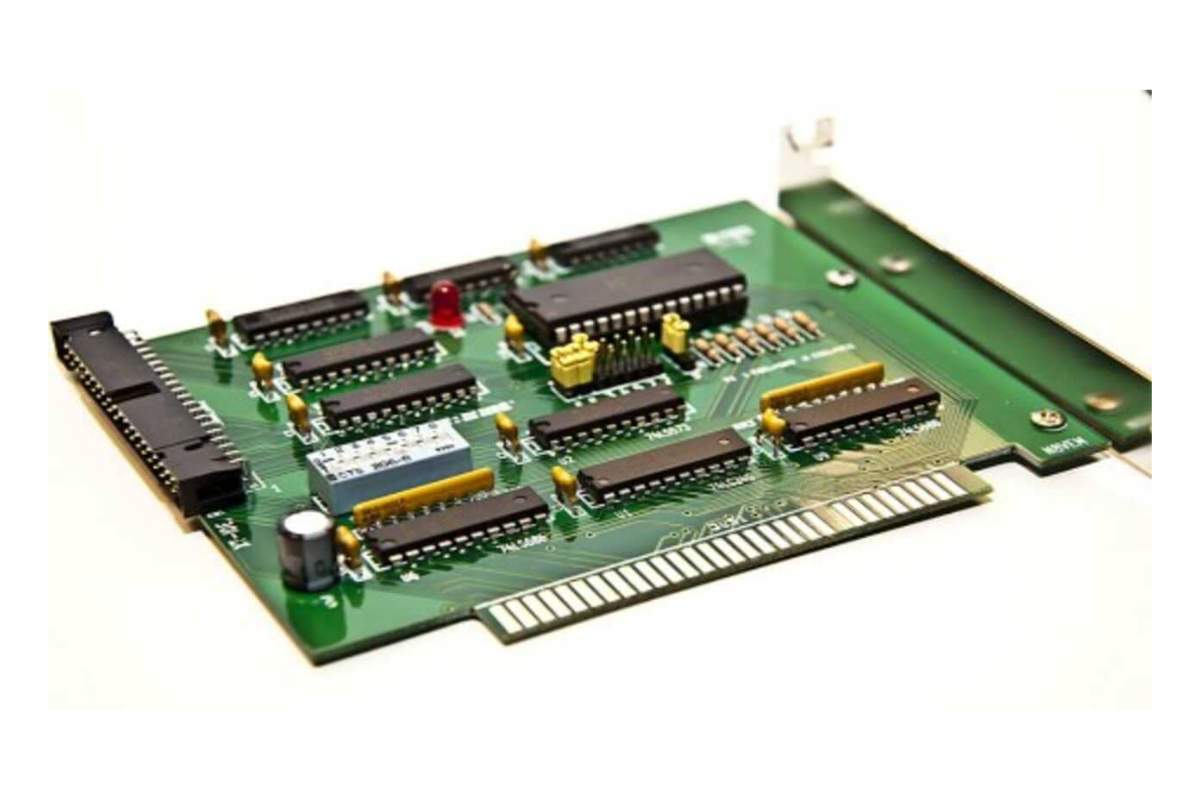Erectile dysfunction Drugs (ED) is a common condition affecting millions of men worldwide. It is characterized by the inability to achieve or maintain an erection sufficient for satisfactory sexual performance. The impact of ED extends beyond physical discomfort, often affecting emotional well-being and relationships. Fortunately, medical advancements have led to the development of various erectile dysfunction drugs that can help men manage this condition effectively. This article provides a detailed overview of these drugs, their mechanisms, effectiveness, side effects, and considerations for use.
Understanding Erectile Dysfunction Drugs
Erectile dysfunction can result from a variety of causes, including physical conditions like diabetes, cardiovascular disease, and hormonal imbalances, as well as psychological factors such as stress, anxiety, and depression. Lifestyle choices, including smoking, excessive alcohol consumption, and lack of physical activity, can also contribute to ED. Given its multifactorial nature, treatment often requires a holistic approach that addresses the underlying causes alongside pharmacological intervention.
Types of Erectile Dysfunction Drugs

The primary classes of drugs used to treat erectile dysfunction include phosphodiesterase type 5 (PDE5) inhibitors, hormone replacement therapy, and injectable medications. Each class works through different mechanisms to enhance erectile function.
1. PDE5 Inhibitors
PDE5 inhibitors are the most commonly prescribed medications for ED. They work by blocking the enzyme phosphodiesterase type 5, which regulates blood flow in the penis. By inhibiting this enzyme, these drugs promote the relaxation of smooth muscles and increase blood flow to the penis, facilitating an erection in response to sexual stimulation. The major PDE5 inhibitors include:
Sildenafil (Viagra): Sildenafil was the first PDE5 inhibitor approved for the treatment of ED. It is typically taken about an hour before sexual activity and has a duration of action of 4-6 hours. Its efficacy and safety profile have made it a popular choice among patients and healthcare providers.
Tadalafil (Cialis): Tadalafil is known for its longer duration of action, lasting up to 36 hours. This extended window allows for more spontaneity in sexual activity, which many users find beneficial. Tadalafil can also be taken in a lower daily dose for continuous effect.
Vardenafil (Levitra, Staxyn): Vardenafil is similar to sildenafil in terms of onset and duration of action but may have a more potent effect in some men. It is available in both oral tablets and dissolvable forms.
Avanafil (Stendra): Avanafil is a newer PDE5 inhibitor that acts faster than the other medications in this class, often taking effect within 15-30 minutes. Its side-effect profile is similar to other PDE5 inhibitors.
2. Hormone Replacement Therapy
In some cases, erectile dysfunction may be due to low levels of testosterone, the primary male sex hormone. Testosterone replacement therapy (TRT) can be an effective treatment for men with hypogonadism (low testosterone levels). TRT can be administered through various forms, including:
- Intramuscular Injections: Typically administered every 1-2 weeks.
- Transdermal Patches: Applied daily to the skin.
- Topical Gels: Applied daily to the skin, usually on the upper arms or shoulders.
- Implants and Oral Tablets: Less commonly used forms of testosterone delivery.
While TRT can improve libido and erectile function, it is essential to monitor testosterone levels and potential side effects, such as prostate enlargement and cardiovascular risks.
3. Injectable Medications and Urethral Suppositories

For men who do not respond to oral medications, injectable drugs, and urethral suppositories offer alternative options:
Alprostadil: Alprostadil can be administered via injection directly into the penile tissue (Caverject) or as a suppository inserted into the urethra (MUSE). It works by dilating blood vessels, thereby increasing blood flow to the penis. Alprostadil is effective for many men who do not respond to PDE5 inhibitors, although it can cause penile pain and other side effects.
Effectiveness and Considerations
The effectiveness of erectile dysfunction drugs varies among individuals, depending on the underlying cause of ED, overall health, and other factors. Generally, PDE5 inhibitors are effective for about 70-80% of men with ED. However, these medications require sexual stimulation to work and may not be suitable for men with certain medical conditions or those taking nitrates for heart conditions, as the combination can cause a dangerous drop in blood pressure.
When considering hormone replacement therapy, it is crucial to undergo a thorough medical evaluation to determine if low testosterone is the cause of Erectile Dysfunction Drugs. TRT can be beneficial for men with confirmed hypogonadism but is not appropriate for everyone and requires careful monitoring by a healthcare provider.
Injectable medications and urethral suppositories are typically reserved for men who do not respond to oral treatments. While effective, these methods can be invasive and may cause discomfort or side effects that deter some men from using them regularly.
Side Effects and Risks
As with any medication, erectile dysfunction drugs can have side effects and risks. Common side effects of PDE5 inhibitors include:
- Headaches
- Flushing
- Nasal congestion
- Indigestion
- Visual disturbances (rare)
More serious but rare side effects include priapism (a prolonged, painful erection), sudden hearing loss, and cardiovascular events. Men with pre-existing heart conditions should use these medications with caution and under medical supervision.
Testosterone replacement therapy carries risks such as:

- Acne and oily skin
- Sleep apnea
- Increased red blood cell count
- Prostate enlargement
- Cardiovascular issues
Injectable medications and urethral suppositories can cause:
- Penile pain
- Priapism
- Infection at the injection site
Conclusion
Erectile dysfunction drugs have revolutionized the management of ED, offering effective treatment options for many men. PDE5 inhibitors are the first-line treatment for most cases, providing a reliable and non-invasive solution. Hormone replacement therapy and injectable medications serve as valuable alternatives for those who do not respond to oral medications or have specific underlying conditions contributing to their Erectile Dysfunction Drugs.
While these drugs offer significant benefits, it is essential for men to undergo a comprehensive medical evaluation to determine the most appropriate treatment for their specific situation. Understanding the potential side effects and risks is crucial for making an informed decision and achieving the best possible outcomes. Ultimately, the treatment of erectile dysfunction should be approached holistically, addressing not only the physical aspects but also the psychological and lifestyle factors that contribute to this condition. With the right combination of medical intervention and lifestyle changes, many men can regain their sexual function and improve their overall quality of life.












